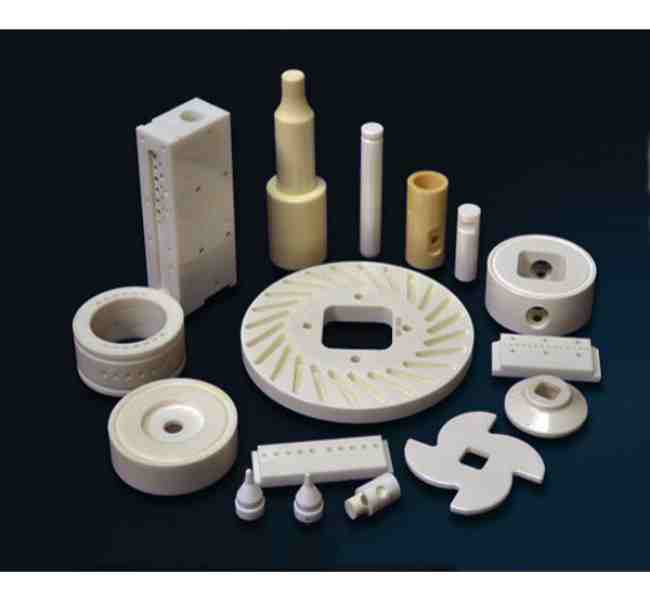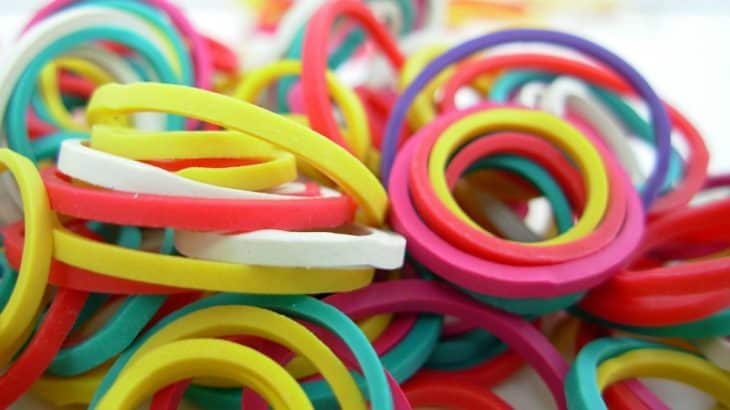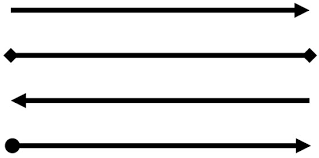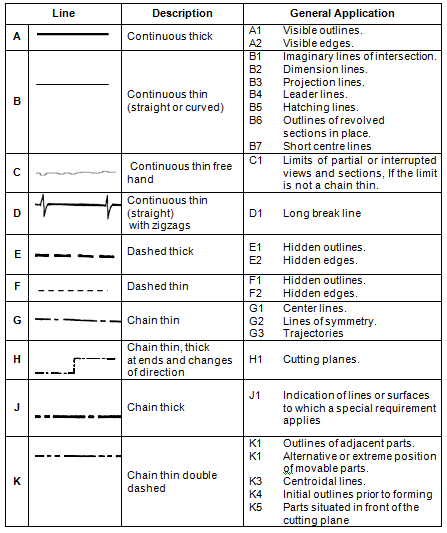Topics in Basic Technology
Definitions of technology and their explanations Examples of technology Forms of technology explained with their differences Types of chain drive Types of belt drive Types of Ceramics Advantages and Disadvantages of Chain Drives Len Academy Questions for Basic Technology JSS3, 2nd Term Len Academy Basic Technology Questions, JSS3 Belt and Pulley Drives: Types of belt in belt drives Refrigerator as an electromechanical device, its parts and operations What is chain drive? Classification of chain drive What are Belt Drives? Advantages and Disadvantages of Belt Drives Type of Lines in Technical Drawings Len Academy questions for Basic Technology, JSS2, 2nd Term Len Academy questions for Basic Technology JSS2, 2nd Term, Part 2 What is Maintenance? Types of Maintenance Hardwood and Softwood - Characteristics and Examples What are Ceramics? Characteristics of CeramicsAcademic Questions in Basic Technology
The _____ functions to remove excess heat from the refrigerator.
A. Evaporator
B. Compressor
C. Condenser
D. Expansion Valve
E. Thermostat
F. Defrost System
A fluid or gas that runs through the compartments of a refrigerator is termed _____.
A. Water vapor
B. Liquid vapor
C. Frost
D. Refrigerant
E. Compressed water
F. Evaporated water
Current flows through a path called _____.
A. Electricity
B. Electric Route
C. Electrolysis
D. Transformer
E. High Tension
F. Electric Circuit
Googles are safety wears.
A. True
B. False
Which of the following is false concerning advanced ceramics?
A. They can be made from metallic oxides
B. They are very hard and durable
C. They are corrosion resistant
D. They are fired in the presence of oxygen
E. They are fired at a very high temperature of about 1700oC
F. They can be made from non-oxides such as carbides and borides
A thin continuous line is used for representing the followings except _____.
A. Intersections
B. Hatching lines
C. Long breaks
D. Diagonal line used to state plane surfaces
E. Leader lines
F. Back section lines

With regards to chain drives, the diagram above is a/an _____ chain.
A. Roller
B. Silent
C. Leaf
D. Flat-top
E. Detachable
F. Acceleration
A type of chain drive commonly used in bicycles is the _____ chain.
A. Roller
B. Silent
C. Leaf
D. Flat-top
E. Detachable
F. Acceleration
Ceramics are simply defined as inorganic and non metallic materials. They can be classified into two types. These are:
Traditional Ceramics
Advanced Ceramics
Please read on an introduction to ceramics here.
They are made completely from clay. We can categorize them into the followings:

As a fix for its porosity, the resulting product is covered with a waterproof, paint-like substance or 'powdered glass substance' suspended in water. This substance is called glaze. It is then fired a second time.
Delft and Majolica are examples of earthenware.
You can read on hardwood and softwood here.
Stoneware is non-porous and if glazes were to be used, then it's only for decorative purposes. The products of stoneware are strong and durable materials which can be used as cooking pots, jugs and plates.
You can read on maintenance here.
Once made into their desired shapes, they are fired in a kiln between the temperatures 1,200°C – 1,450°C. They may further be decorated with glazes through additional firing.
By characteristics, procelain are very hard and translucent white ceramics. The image below shows a procelain:

Procelain is sometimes referred to as fine china because it had it's origin in China. They are used as vaces, jugs and plates.
You can test you knowledge on various academic subjects here.
They are based on metallic oxides and non-oxides (or combinations of both). Generally, they are not clay based.
The main oxides used in advanced ceramics are aluminium oxide (Al2O3), magnesium oxide (MgO) and zirconium oxide (ZrO2).
The non-oxides are mainly carbides, borides and silicides; for example, boron carbide (B4C) and silicon carbide (SiC).

In order to produce advanced ceramics, the oxides are thoroughly grounded to become fine powder. The fine powder is then shaped into a green body fired at a very high temperature (1,600–1,800°C) in an oxygen-free atmosphere, while also allowing the tiny grains of each ceramic components to join together. This process termed sintering.
The end result is a very hard, durable and corrosion-resistant product.
Advanced ceramics are used in metal production and electronics.
Kindly share this article via the links below:

Please click here to contact Alfred if you require any of the following services:
If you need a standard website at an affordable price.
Online training on the academic subjects: biology, chemistry and basic science.
If you require an advanced smart school management system (web application) for your school.
Click here to read on Len Academy Smart School Software.
Please click here to follow Len Academy on Google News.
Please Register here or Login here to contribute to this topic by commenting in the box below.
Amazing facts in Basic Technology

Rubber bands last longer when refrigerated
Lighter was invented before matches
Johann Wolfgang Dobereiner was credited with the invention of lighter in 1826 while the match was made 3 years later
Volkswagen group of companies own some of the top cars of the world. These are Audi, Bentley, Bugatti, Ducati, Lamborghini and Porsche
Notable points in Basic Technology

Arrowhead lines are lines with pointed edges at one or both ends. The pointed edges are in the form of an arrow.
Arrowhead lines are used:
At the end of dimensional lines.
As measurement lines.
A thin continuous line could be a straight or curved line. However, the main point to remember is this: 'it is a tiny line with no dot or dashes within it'.
_______________________
A thin continuous line is used for representing the followings:
Projection lines
Hatching lines
Construction lines
Short center lines
Measurement lines
Diagonal lines used to state plane surfaces
Intersections
Leader lines
Backside section lines
Any action that involves the servicing, checking, replacing and repairing of an equipment, object or device is termed maintenance.
Maintenance has two main goals. These are:
To prevent a breakdown
To repair the breakdown
Below are the types of maintenance:
Preventive maintenance
Corrective maintenance
Predictive maintenance
Periodic maintenance
Reinforcement
Overhaul

Softwoods are often derived from coniferous trees, that is: trees with needle-like leaves, and whose seeds are covered in cones.
Below are some characteristics of softwood:
Most softwood have lower densities than hardwood (weighs lower).
In terms of price, they are often less expensive than hardwood.
Their growth rate is faster than hardwood.
Most softwood do not shed their needle-like leaves during the year. However, the softwood 'larch' and 'cypress' are exceptions.
They are less fire resistant.
The diagram below shows the various types of line in technical drawing, their description and general application:

Please read more on the types of line in technical drawing here